TERRI-TOUR:
Rethinking tourism for a sustainable, regional approach
Projects
Projects
Reimagining cultural heritage
A collective laboratory to reflect on the future of Val Verzasca’s landscapes and traditions.

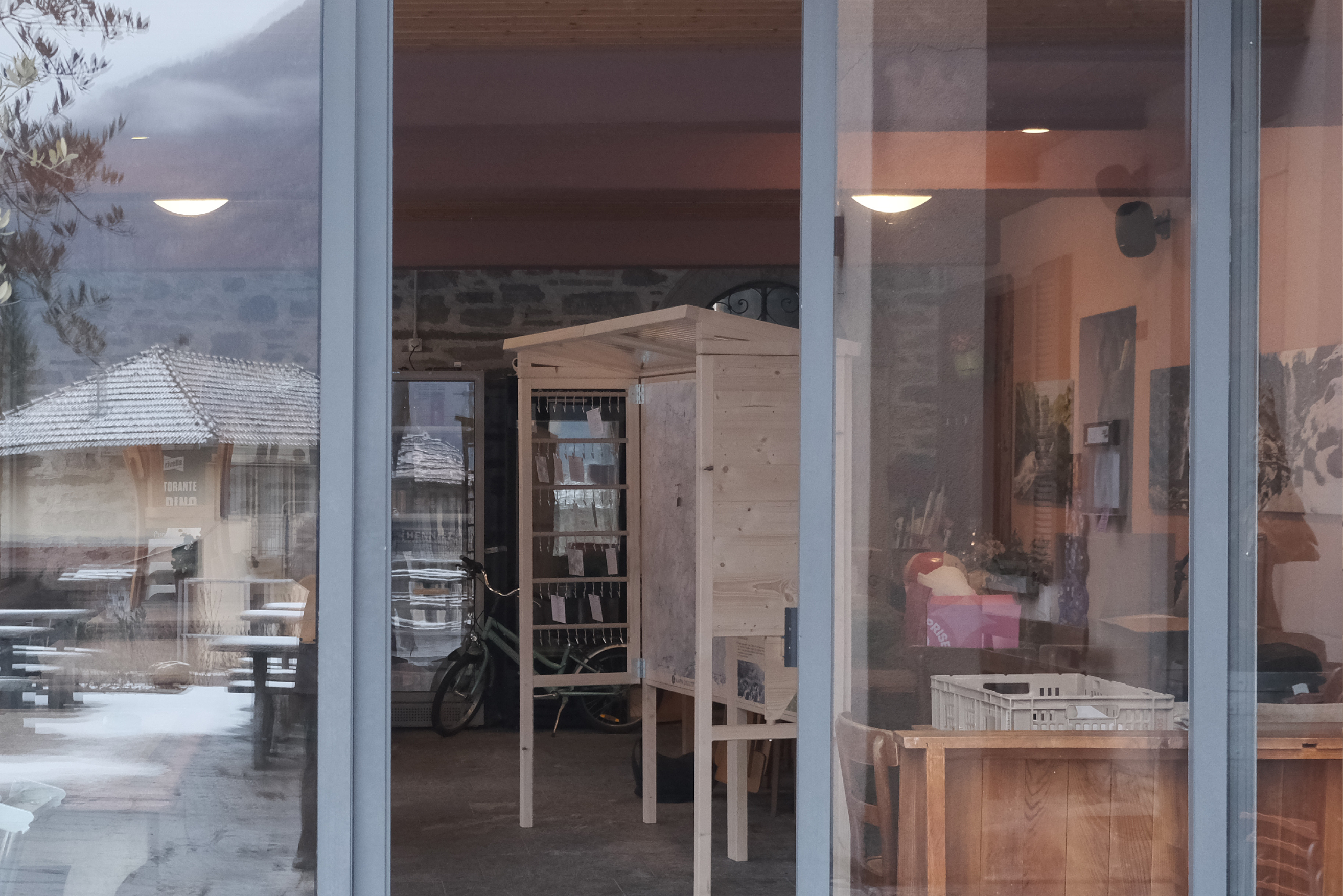
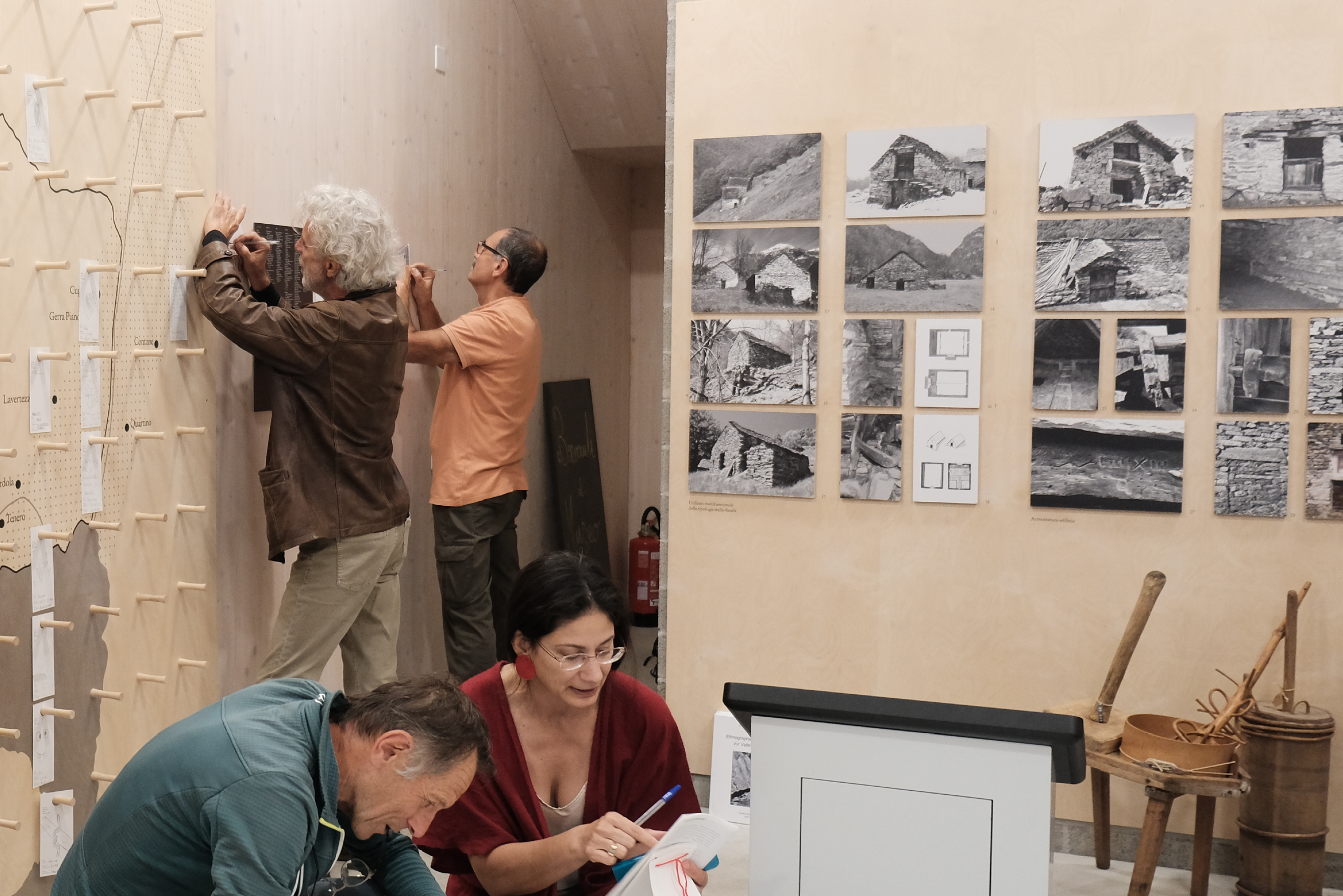
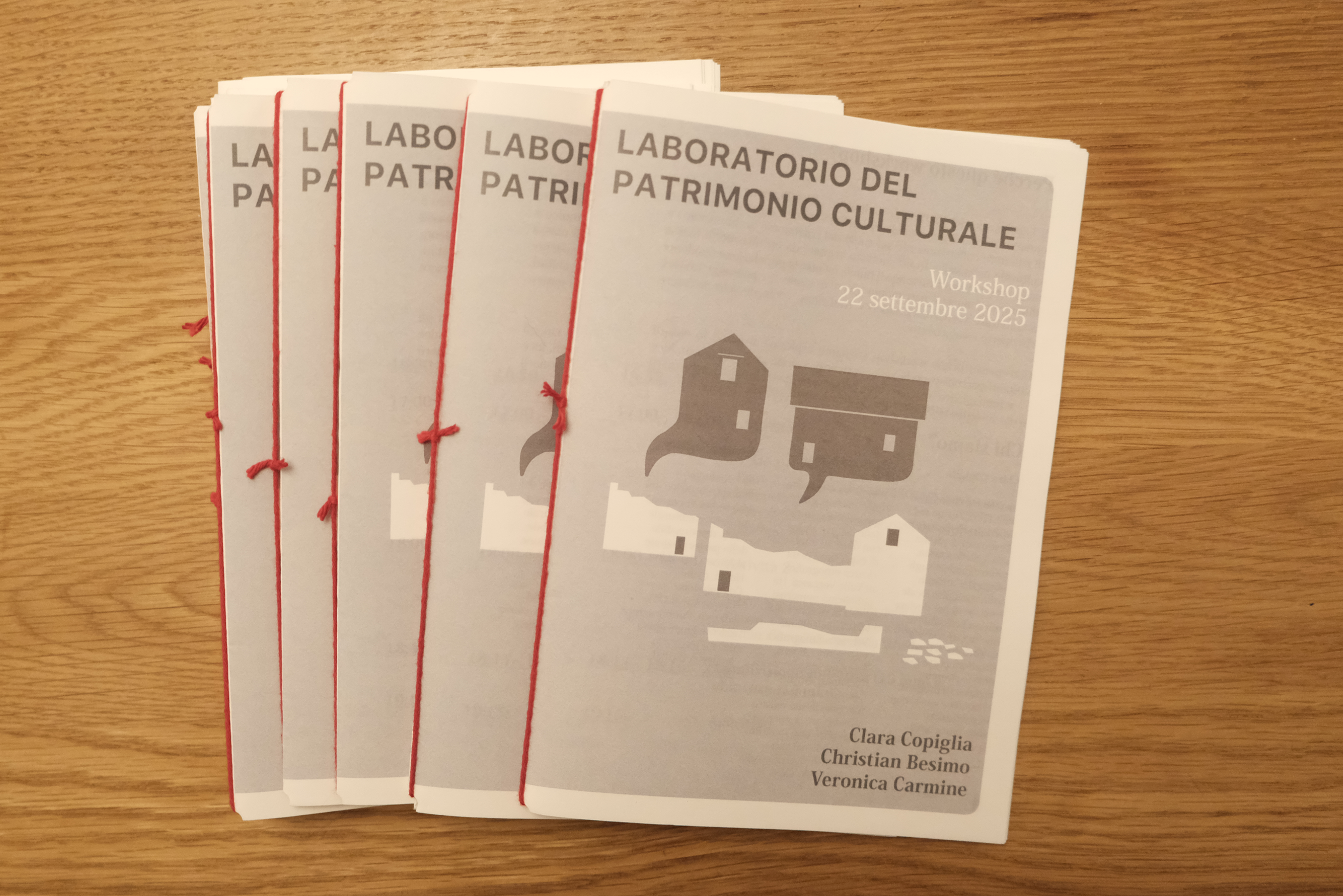
The Cultural Heritage Laboratory in Val Verzasca was created to foster a collective reflection on the role of the valley’s architectural and cultural heritage.
The project explores how residents perceive their valley: memories, visions, concerns, and ideas. It opens a shared space to think together about how to preserve these places, transform them, or give them new life.
Designed as an open and participatory laboratory, it began with an introductory workshop in September 2025.
It now continues with a travelling exhibition, inaugurated in November in Brione, which will move through the valley until April.
︎︎︎Link to the project
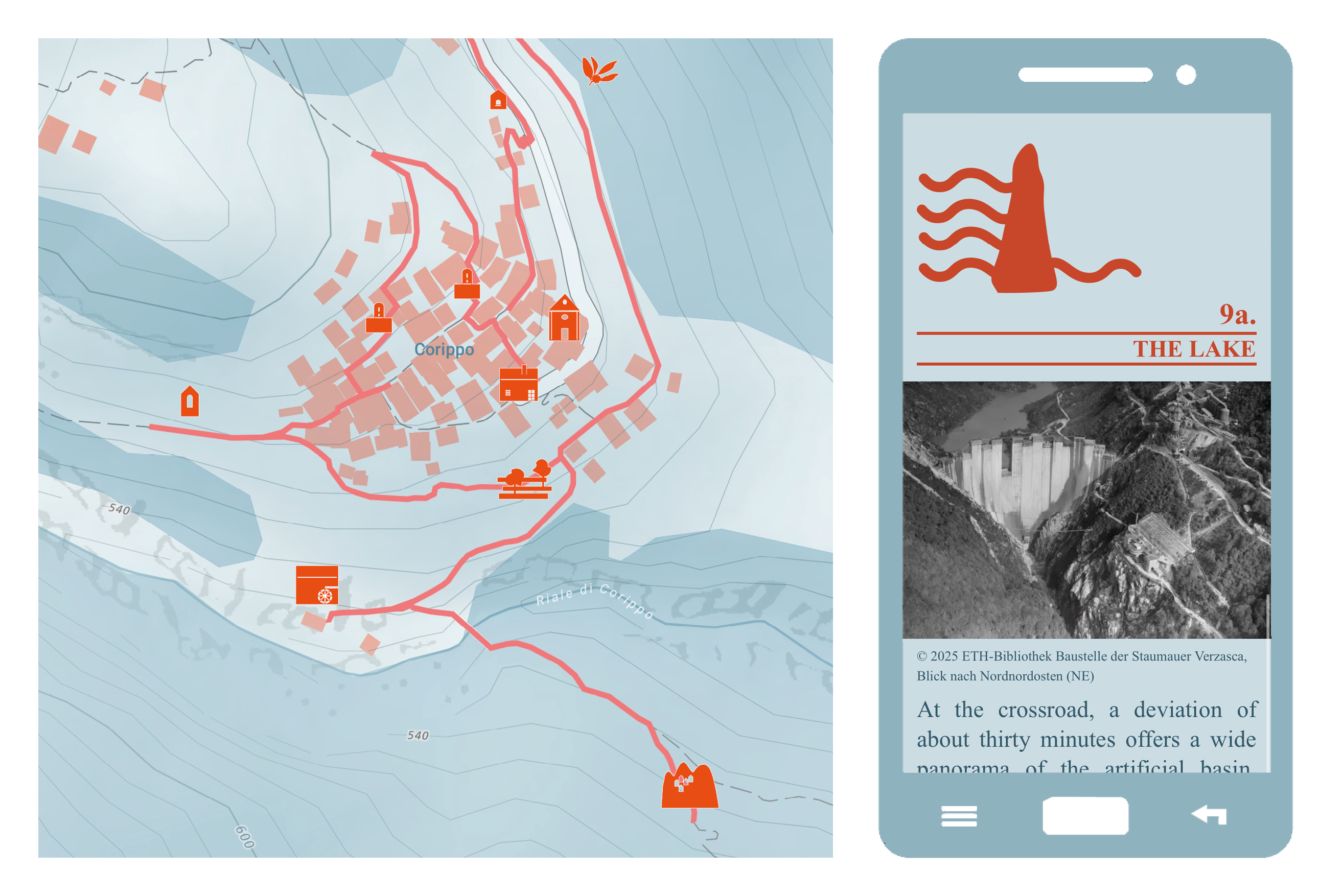

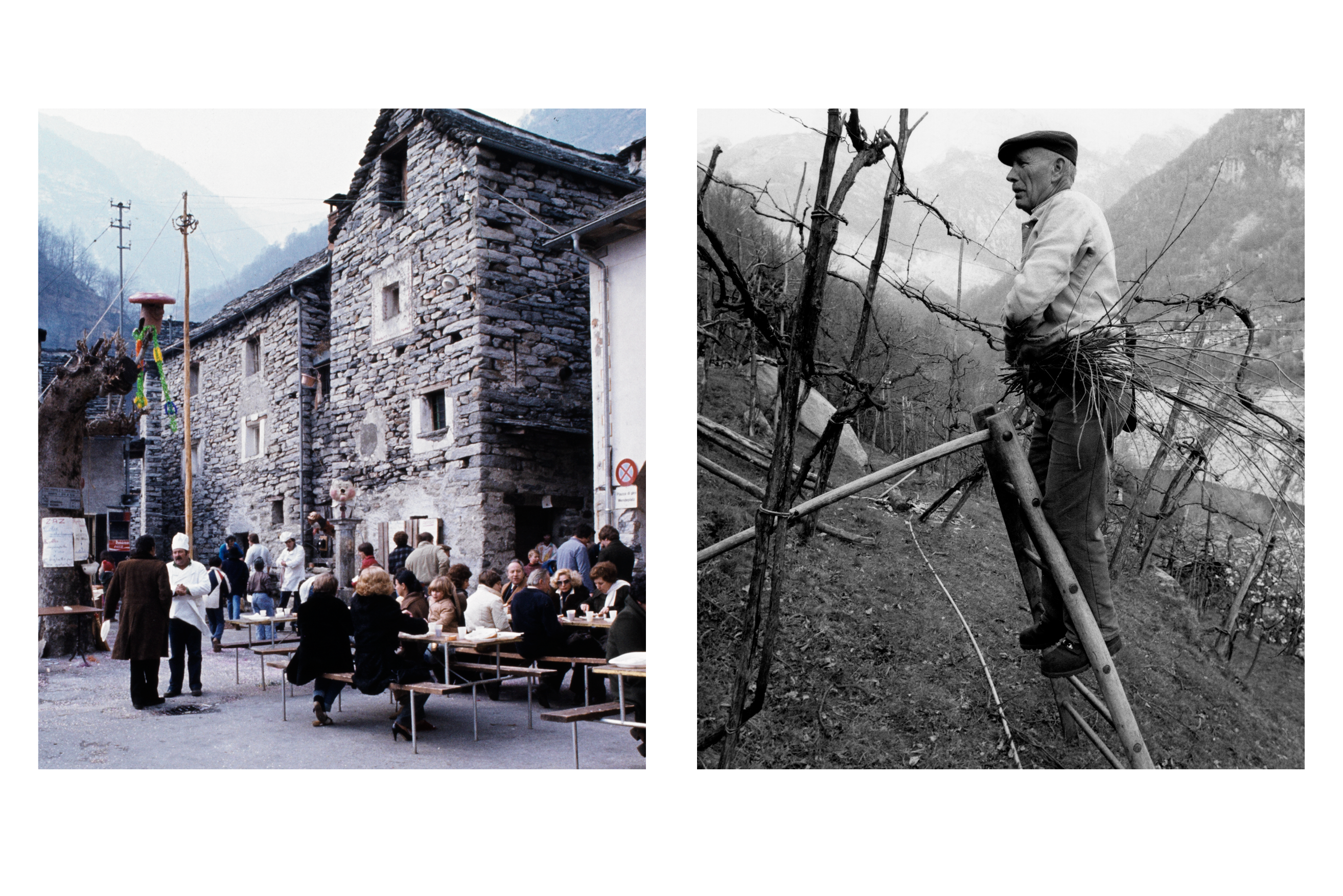

Localiti offers itineraries that connect visitors to unique local sites of high heritage value and thus showcases the culture of Alpine valleys. The itineraries are designed based on local knowledge from cultural institutions, residents and local producers. Localiti promotes slow tourism, with itineraries designed for all seasons based on local knowledge. As we reimagine tourism in the Alps, Localiti does not seek to add something new, but to redistribute what already exists, namely the richness of culture, heritage and landscapes.
︎︎︎map.localiti.ch
Researching visitor dispersal
Tactical renovations to attract visitors and support local communitiesVictoria
AUSTRALIA
AUSTRALIA

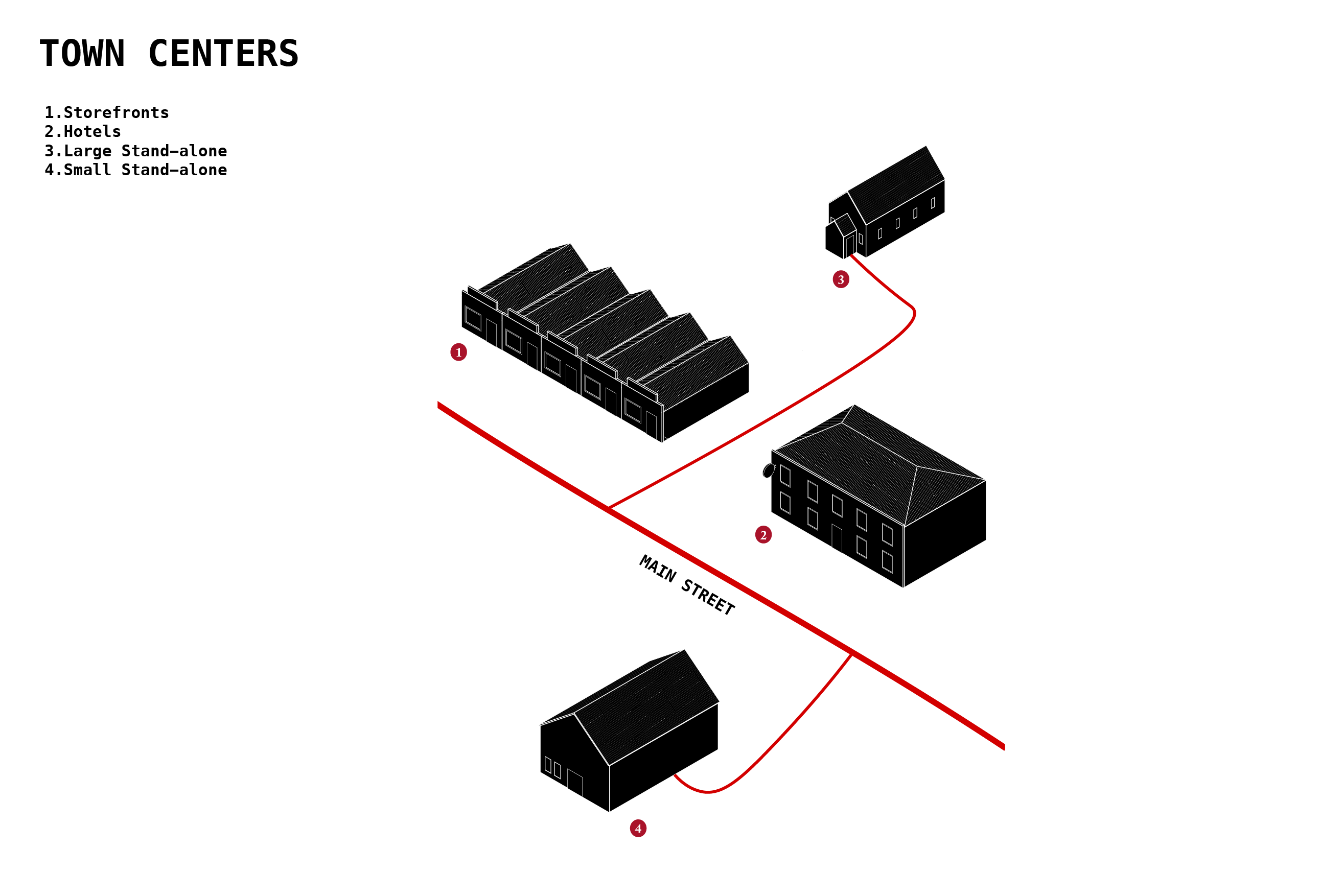
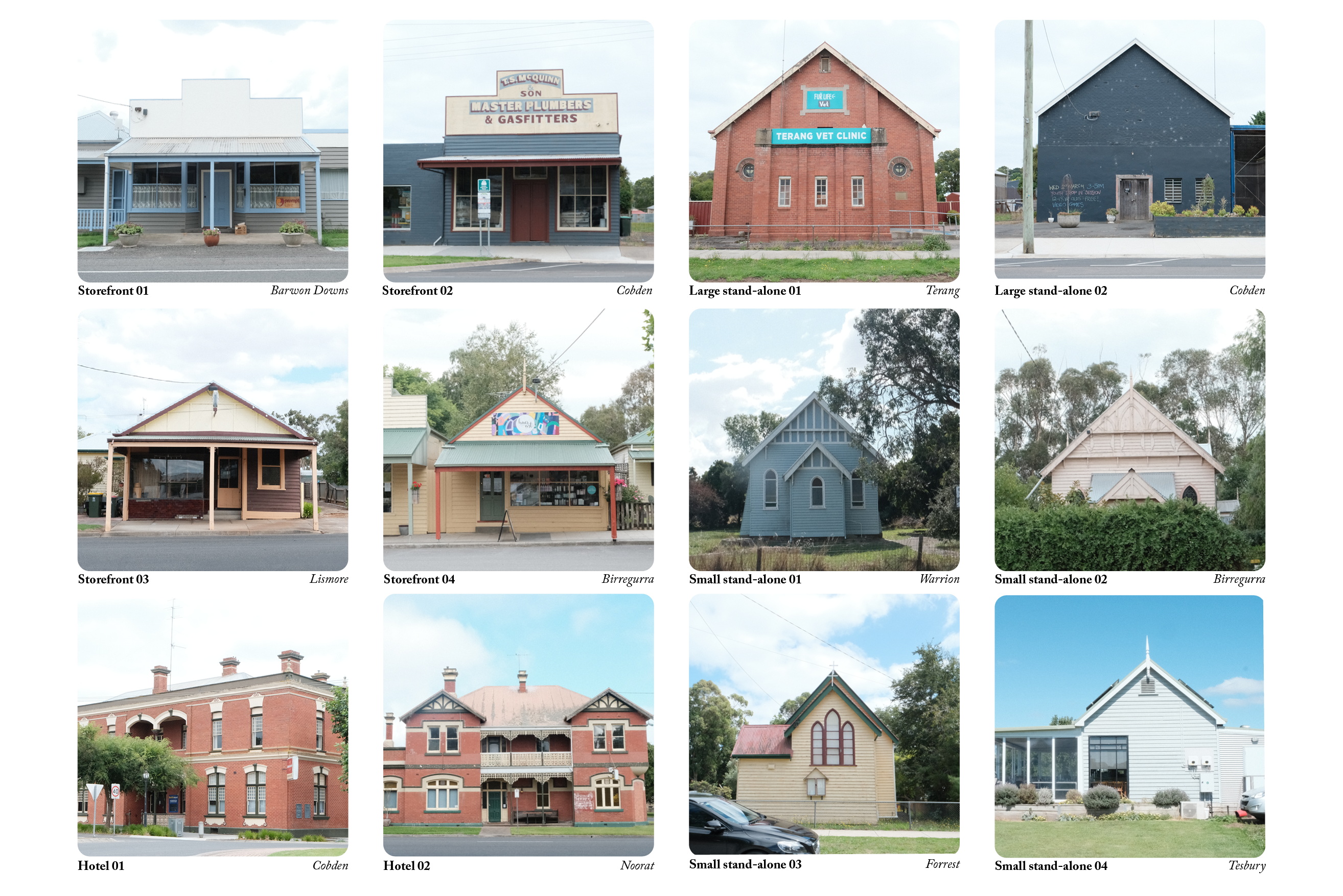
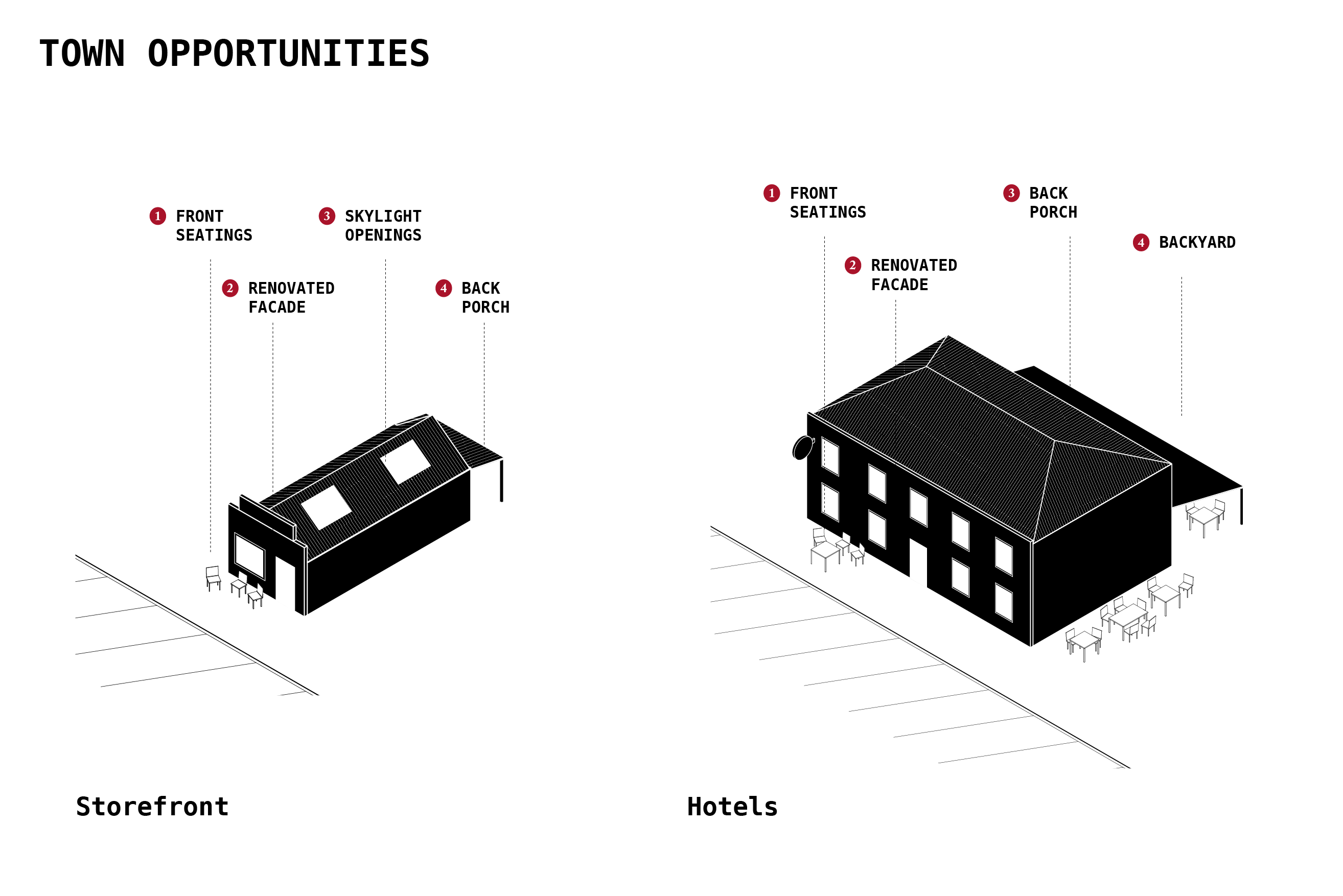

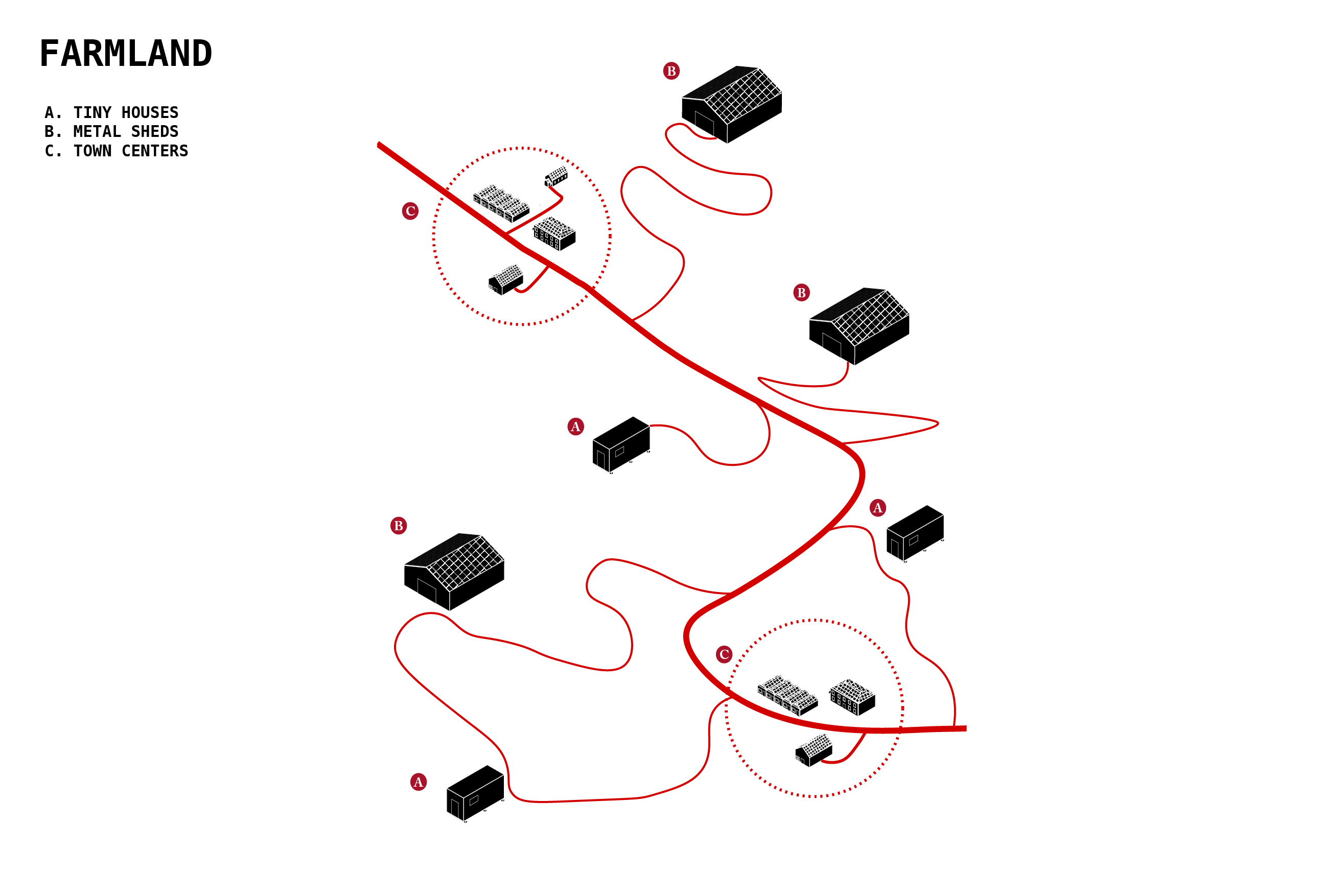

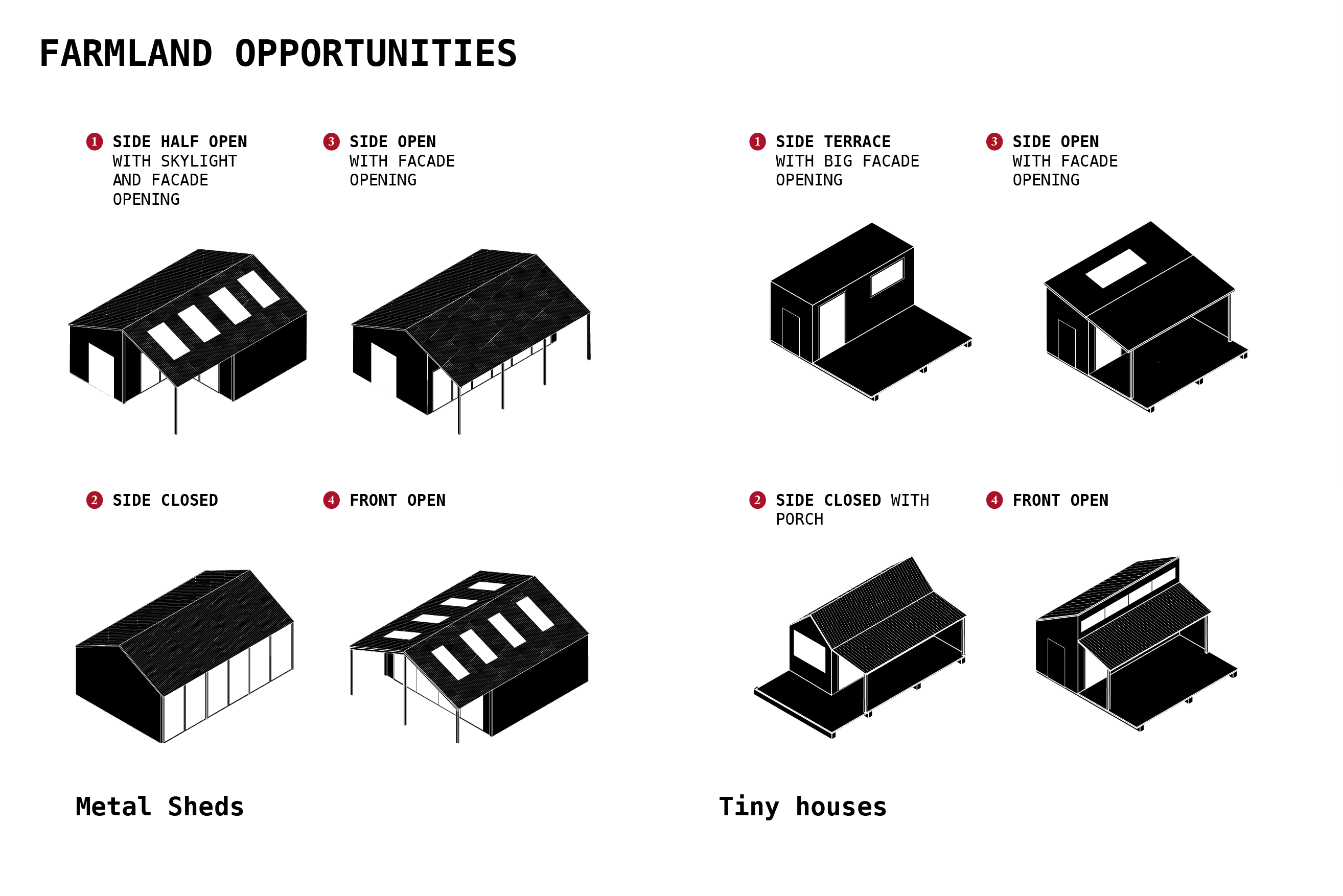

'Highlighting the Hinterlands' is a research on the inland towns and farmland north of Great Ocean Road, a popular touristic destination in Victoria. It looks at the impact of renovations and small constructions on visitors and local communities. This research classifies the common buildings in typologies and gives ways to transform them to attract visitors, propose economic opportunities for local inhabitants and dispersal the visitors in the land.
︎︎︎LEARN MORE
︎︎︎Booklet